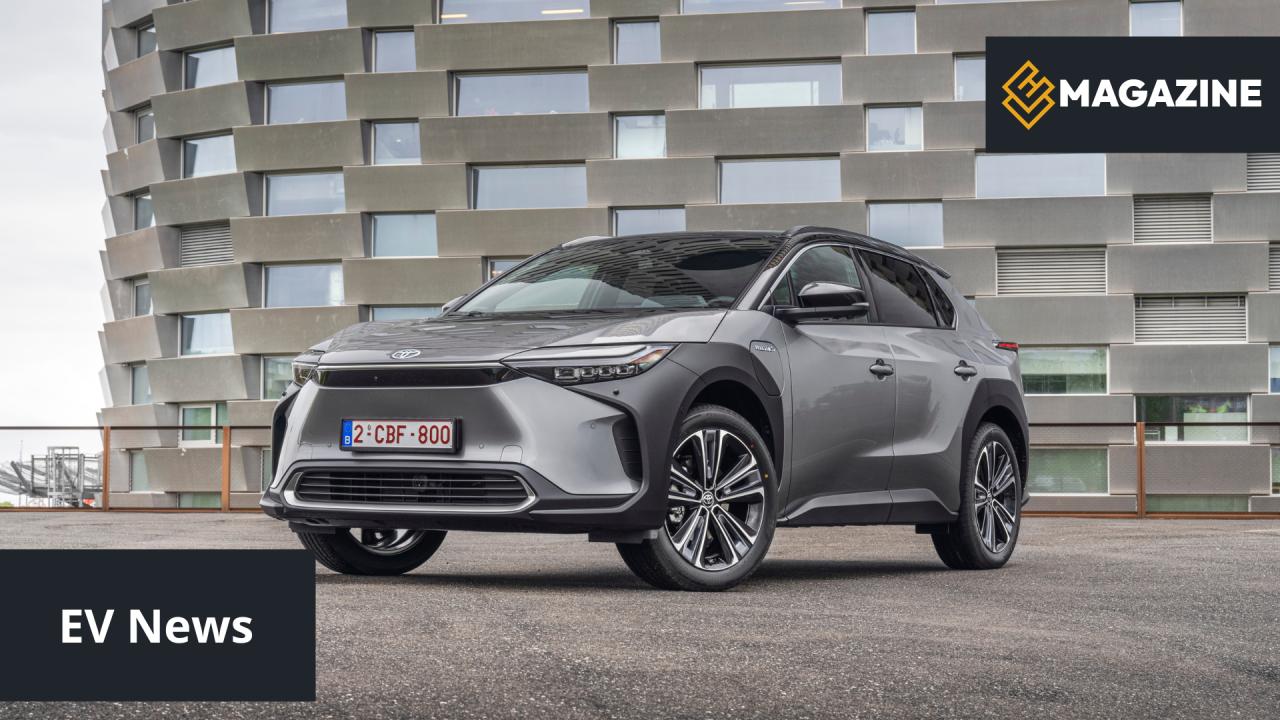Toyota has unveiled its latest all-electric SUV crossover, the bZ3C, which draws design inspiration from the iconic Prius and incorporates advanced technologies from Chinese giant BYD. Introduced to the Chinese market and currently awaiting official sales approval, the Toyota bZ3C represents the third addition to Toyota's bZ (Beyond Zero) lineup, aiming to offer environmentally friendly, zero-emission vehicles globally.
The uniqueness of the bZ3C model lies in its electric drivetrain and battery systems supplied by BYD, a leader in electric mobility and battery manufacturing. This partnership highlights the growing trend of collaboration between traditional automakers and electric technology specialists, contributing to faster development and innovation in the electric vehicle (EV) sector.
Technical Specifications of the Toyota bZ3C
To provide a comprehensive overview of the new model, here are the key technical specifications of the Toyota bZ3C:
- Drive: Fully electric with a front-mounted electric motor.
- Power: An electric motor delivering approximately 200 kW, ensuring swift acceleration and dynamic driving. Maximum speed is 160 km/h.
- Battery: A lithium iron phosphate (LFP) battery from BYD with a capacity of around 65 kWh.
- Range: An estimated range of up to 500 km on a single charge, according to the Chinese CLTC standard.
- Dimensions: Length of 4,780 mm, width of 1,866 mm, height of 1,510 mm, and a wheelbase of 2,880 mm.
While detailed specifications of the Toyota bZ3C are not fully disclosed, it appears to be a "classic" EV without groundbreaking technology, offering a standard range. It's certainly positive that the vehicle utilizes a lithium iron phosphate battery.
Despite Toyota's significant past investments in hybrid and hydrogen technologies, the company lags behind competitors in the pure battery electric vehicle segment. Collaborating with BYD allows Toyota a quicker entry into the electric vehicle market but also signifies a reliance on external technology and expertise.
BYD Tang DM-i: A Revolution in Plug-in Hybrid Technology
Another significant development in the eco-friendly vehicle arena is the introduction of the BYD Tang DM-i, equipped with the fifth generation of the DM 5.0 plug-in hybrid system. BYD continues to enhance its technology, initially unveiled in May this year. The Tang DM-i is one of the latest large SUVs to implement this innovative system.
The new plug-in hybrid platform enables an extended pure electric driving range while significantly reducing emissions. This combination makes the Tang DM-i an ideal choice for drivers seeking a balance between performance and environmental responsibility.
Challenges and Strategies in Electromobility
Toyota's longstanding focus on hybrid and hydrogen technologies has placed it behind competitors in the pure battery electric vehicle market. The partnership with BYD is a strategic move allowing Toyota to rapidly expand its electric model offerings without the lengthy process of developing its own battery technologies.
On the flip side, this dependence on an external supplier means Toyota isn't acquiring the necessary know-how in battery systems, which could impact its market position in the long term. Competitors investing in their own EV development may gain advantages through deeper knowledge and control over the entire production process.
The Future of Electromobility and the Role of Collaboration
Collaborations between automakers, such as the one between Toyota and BYD, are becoming common strategies for quickly adapting to the rapidly evolving EV market. While Toyota gains the ability to offer new electric models to its customers, BYD expands its influence and presence in the global market.
It will be interesting to observe how this strategy unfolds in the future and whether Toyota will strengthen its own development capabilities in battery electric vehicles to reduce dependence on external partners. Electromobility is a key trend in the automotive industry, and manufacturers' success will depend on their ability to innovate and adapt to new technologies.
Source: CarNewsChina, EVmagazin.cz

